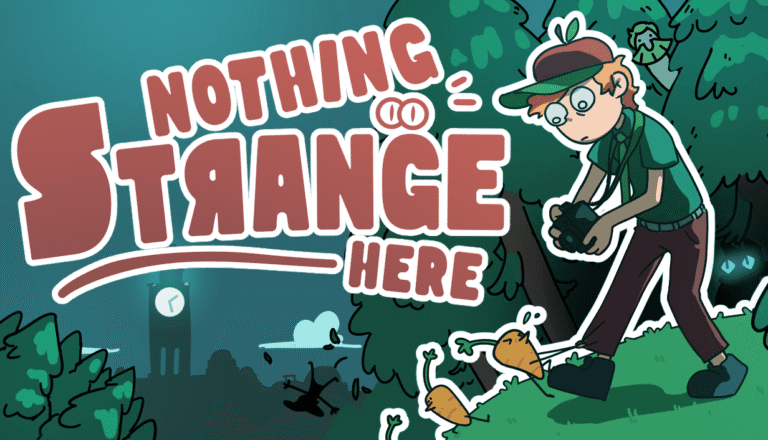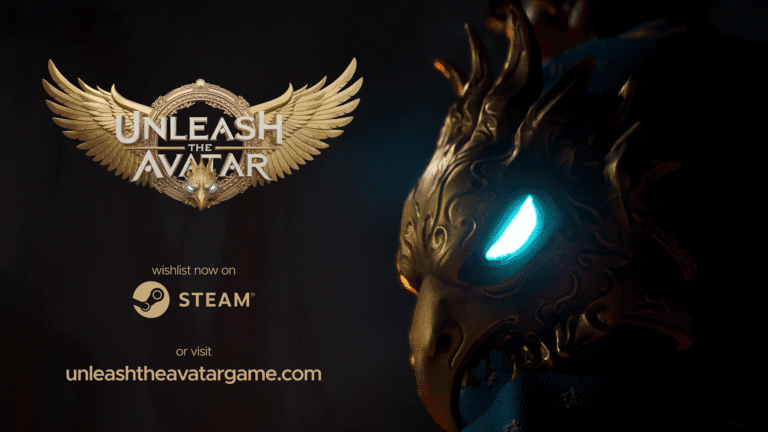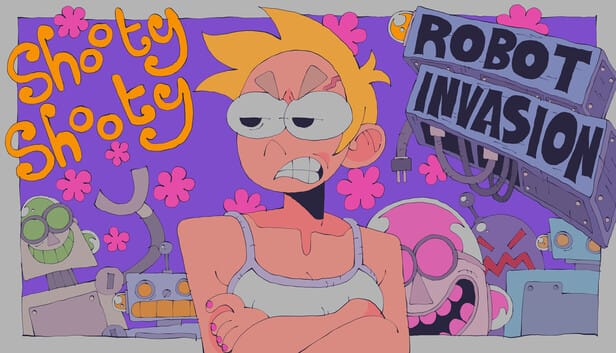There’s something undeniably charming about a game that isn’t afraid to wear its heart on its sleeve. After spending several hours with LandShark Games’ Grifford Academy in its Early Access build, it’s clear this turn-based RPG has ambitious plans to blend teenage coming-of-age drama with accessible fantasy adventure. The result? A cozy yet surprisingly layered experience that feels like stepping into a Studio Ghibli film with a tactical combat system.
What We Know So Far: Welcome to Caldria
Grifford Academy launched into Early Access on June 25, 2025, positioning itself as a “lite academia” RPG that promises to be welcoming to newcomers while retaining depth for genre veterans. The premise is delightfully straightforward: three high school students-Erika, Viva, and Cap-find themselves transported into Caldria, a mystical realm contained within an enchanted book in their school library.
This isn’t your typical “chosen one” narrative. Instead, LandShark Games has crafted what they describe as a complete story focusing on friendship, personal growth, and the messy realities of teenage relationships. The developers, veterans of EA, Broderbund, and SSI, have spent five years evolving from their mobile game roots (Zen Koi) into this full 3D RPG experience.
Story & Themes: More Than Fantasy Escapism
What immediately strikes you about Grifford Academy is how grounded it feels despite its fantastical setting. The dialogue crackles with authentic teenage banter-characters bicker, tease, and support each other in ways that feel genuinely relatable. This isn’t just window dressing; the game’s choice system directly impacts character personalities and relationships, with decisions affecting both story progression and combat effectiveness through stat bonuses.
The narrative draws clear inspiration from sources like Ni no Kuni and Gravity Falls, but it carves out its own identity by focusing intensely on character development. During my playthrough, I found myself genuinely invested in whether Viva would overcome her self-doubt or how Erika’s protective instincts toward her missing brother Ernest would evolve. These aren’t just plot devices-they’re the emotional core that drives everything forward.
Combat Impressions: Tactical Depth in Accessible Packaging
The turn-based combat system initially appears straightforward but reveals surprising tactical depth over time. Each character begins with signature weapons-Erika wields a hockey stick that causes stagger effects, while Viva uses a magical book for healing-but the customization runs deeper than initial appearances suggest.
The essence system allows for meaningful character progression, letting you purchase new weapons, rings, and accessories that alter your strategic options. What’s particularly clever is how weapons function: rather than changing visual appearance, new gear channels through your character’s default weapon, maintaining visual consistency while expanding tactical possibilities.
Two difficulty modes cater to different player preferences: Story Mode keeps battles manageable for narrative-focused players, while Strategy Mode demands more careful consideration of gear, positioning, and enemy weaknesses. Having tested both extensively, the difference is significant enough to meaningfully change how you approach encounters.
Early Highlights & Polish Concerns
The game’s greatest strength lies in its presentation and accessibility. The full 3D visuals maintain a hand-drawn, storybook quality that’s immediately appealing. Custom scripting tools create what the developers call a “stage-like presentation,” with careful attention to character positioning, expressions, and camera work that enhances the narrative impact.
However, some rough edges remain typical of Early Access titles. Controller support feels clunky compared to the smooth mouse-and-keyboard experience, particularly when selecting enemies during combat. The visual novel-style progression-clicking destinations on an overworld map rather than direct character movement-may disappoint players expecting traditional RPG exploration.
The 10-15 hour current playtime feels substantial, though side quests follow somewhat repetitive patterns of defeating enemy groups for townspeople. Still, the variety in environments and the quality of character interactions kept me engaged throughout.
What to Expect at Launch: A Growing World
LandShark Games has outlined an ambitious roadmap for the full 2026 release. Planned additions include Recipe Hunting, Pets, and a Roguelite Mode that should significantly expand replayability. The Early Access approach focuses on community feedback to refine balance, difficulty curves, and system polish rather than adding major story content.
The complete narrative arc is already intact, meaning early adopters won’t face cliffhangers or incomplete storylines. This approach demonstrates confidence in their core vision while acknowledging areas needing refinement.
Preview Verdict: Cautious Optimism with Heart
Grifford Academy succeeds most when it trusts its characters and core concept. The coming-of-age themes feel authentic, the combat system strikes an appealing balance between accessibility and depth, and the visual presentation consistently charms. While some technical polish and system refinement are needed, the foundation here is remarkably solid.
For players seeking a cozy tactical RPG that prioritizes story and character development over hardcore challenge, Grifford Academy deserves serious attention. At its $14.99 Early Access price point, it offers substantial value for those willing to join its development journey. Just don’t expect revolutionary mechanics-instead, expect a heartfelt adventure that reminds you why friendship and personal growth make for compelling gameplay motivators.



